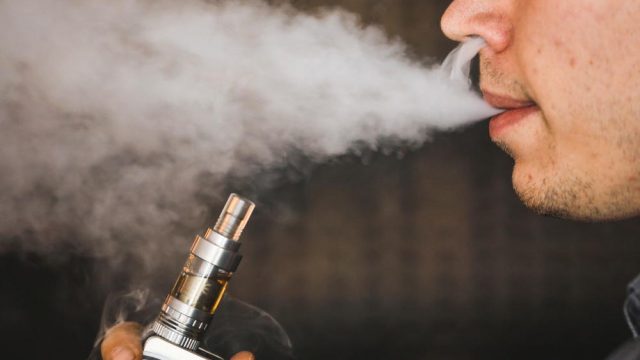It's Dishonest To Treat Vaping Like Smoking

In North Dakota we’re going to have a debate about vaping this election cycle, because the proponents of a ballot measure promoting a massive tax hike on cigarettes and other tobacco products have chosen to lump vaping in.
“[T]he measure will treat the liquid nicotine drug (smoked via electronic cigarettes) and those who sell it exactly the same as all other tobacco products,” Dr. Eric Johnson, the chairman of the measure committee, wrote recently.
Here’s why that’s a bad idea: People are switching from smoking to vaping, and that’s a net gain for public health.
Unfortunately state and federal health agencies – which seem more interested in activism than objective data collection and analysis when it comes to this issue – can’t be trusted to communicate this to the public.
Case in point, the Centers for Disease Control announced last week that there has been “No decline in overall youth tobacco use since 2011.”
Yet the data presented by the CDC shows the opposite is true. Consumption by teenagers of all but one tobacco product (hookahs, a very small percentage of teenage tobacco use) fell between 2011 and 2015.
So how did the CDC reach the conclusion that there is no decline in youth tobacco use? By lumping in vaping, where use has increased among teens even as smoking and other forms of tobacco use has fallen:

“Instead of welcoming the substantial decline in past-month cigarette smoking among teenagers, which fell from 15.8 percent in 2011 to 9.3 percent in 2015, it bemoans the dramatic increase in past-month vaping, which rose from 1.5 percent in 2011 to 16.5 percent in 2015,” writes Jacob Sullum for Reason. “As far as the CDC is concerned, the rise of vaping completely erases the progress represented by the decline in smoking.”
That’s misleading to the point of being dishonest. “Given the enormous difference between the risks posed by smoking and the risks posed by vaping (which is something like 95 percent less hazardous), that position is scientifically absurd,” writes Sullum. “When vaping replaces smoking, that should count as a public health victory, not a setback.”
Vaping could very well improve public health in America by offering those intent on using nicotine a healthier alternative. But we may never be able to discern the positives if public health officials refuse to draw a distinction between vaping and traditional tobacco use.
North Dakotans can’t control what the CDC does. But we can control what becomes law in North Dakota, and no law lumping vaping in with tobacco use should be on the books.




